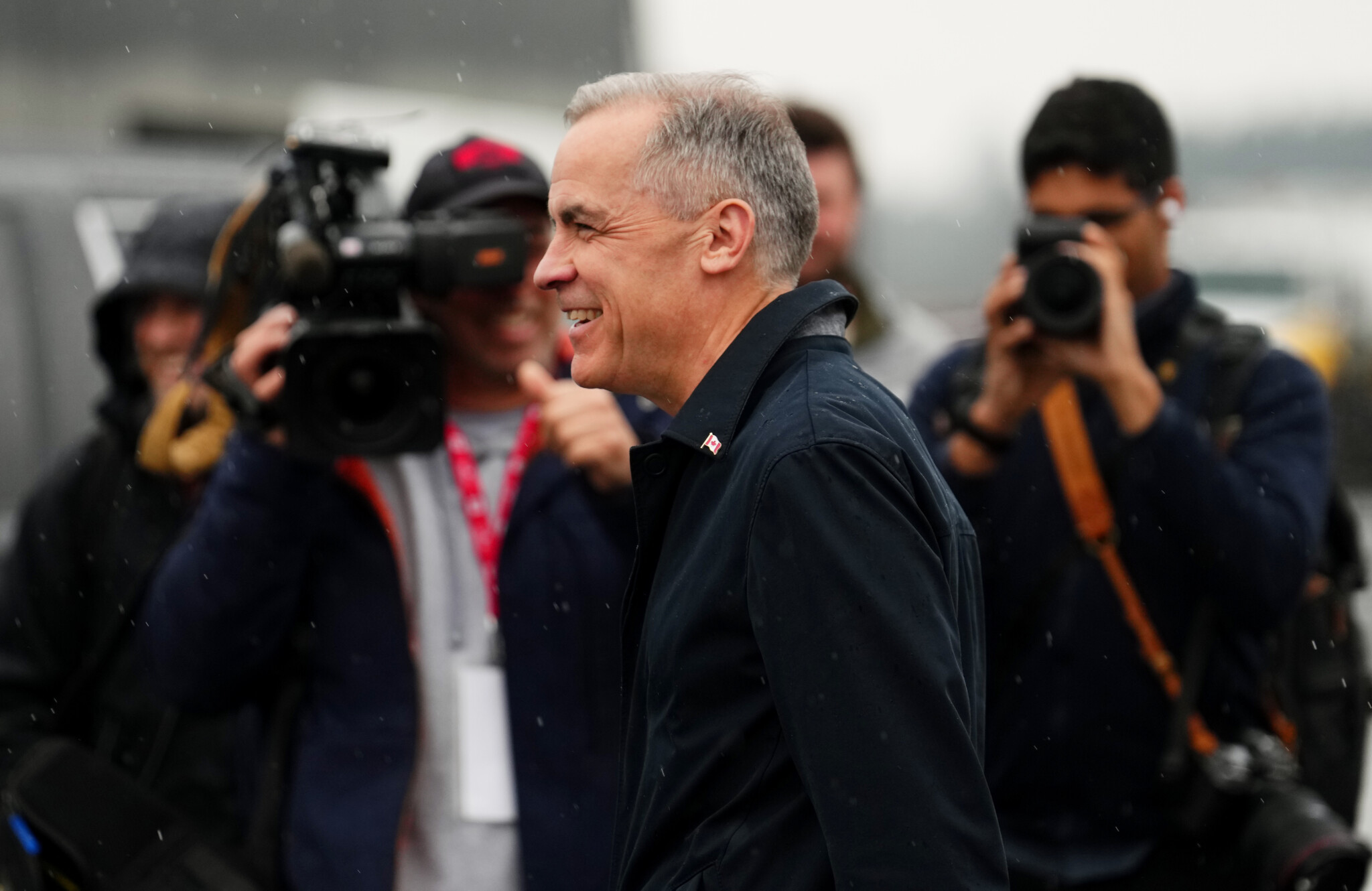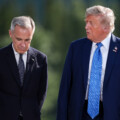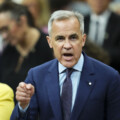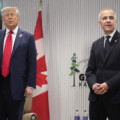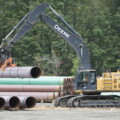This isn’t intended as media criticism, but it’s worth noting how the 37-day federal election campaign—which ends today—evolved when viewed through the questions reporters asked at Mark Carney’s first press conference compared to his last.
At his first press conference, immediately after calling the election on March 23, reporters probed Carney’s decision to go to an election and the credibility of his promises. They dug into policy specifics—tax cuts, spending, deficits, immigration—and pressed him on his ability to deliver results. Why trigger an election in the middle of a trade war? Could he really stand up to Donald Trump? Was he genuinely offering change, or just a different face for the same old politics?
At his last press conference two days ago in King City, just north of Toronto, the tone of the questions had shifted noticeably. The session was dominated by process: Was he playing offence or defence? Would he win a majority? What grade would he give himself?
Almost no one challenged the two biggest assertions at the core of his campaign: that Canada was facing the worst crisis of our lifetimes, and that Carney himself was uniquely qualified to navigate it.
This represents a tremendous victory for Carney: the normalization of the ballot question he sought to establish, and over which he dominates Conservative leader Pierre Poilievre. By the end, the media seemed more interested in probing how Carney is positioning himself to govern rather than scrutinizing whether the stakes he laid out were real.
Of course, despite the apparent normalization of Carney’s framing, the assumption that we are already deep into a trade war, that we are facing the biggest crisis of our lifetimes, even that this is the most consequential election in generations—all of this remains open to question.
Canada, while retaliating more strongly than others, has faced much lower tariffs than most U.S. trading partners. It has largely been spared the worst of it so far. No major forecasters are predicting a deep recession—at most, perhaps a small contraction. Even in the event of a full-scale trade war, the Bank of Canada does not expect the downturn to be worse than any of the past four recessions Canadians have experienced.
Yet, Carney would have you believe the debate is over.
“Take what the president says literally. I take it literally. I always have,” Carney said at the Saturday press conference. “Others have said it’s a joke, others ignored it for months. Right from the start, I took it seriously, and because of that, it drives our actions.”
Going by the polls, many Canadians agree with him. The relationship between the U.S. and Canada may indeed be fundamentally altered. And it’s not like much of that narrative hasn’t been fueled by real tariffs and Trump’s annexation rhetoric. Carney may be right.
But right now, there is little tangible evidence that Carney’s diagnosis has materialized. Which is why, should they lose, there will be a temptation among Conservatives to blame “the lazy media,” at best, or a complicit media, at worst. That Carney manipulated reporters, or Canadians.
That would be too small and cynical an explanation.
Trump’s dominance of the news cycle made Carney’s crisis framing feel very plausible. Carney’s stature as a former Bank of Canada and Bank of England governor lent him an aura of expertise, even though a media less fluent in financial matters may have been reluctant to challenge him.
(Carney’s claim that Poilievre has never “met a payroll” always struck me as odd, because it’s not clear Carney has either. He’s chaired boards but never run a company. It’s surprising no one challenged him on that. He also claimed—uncontested—that under his stewardship, Canada did not avoid a recession in 2008, which is untrue.)
But the truth is, Carney’s Liberals led in practically every poll since the election was called. In fact, the campaign has been extraordinarily stable, with little real movement. Carney’s tone has evolved, becoming more emotive, but the messaging has remained remarkably consistent and disciplined.
His steady frontrunner status couldn’t be ignored. And given his leading position, it’s natural that media questioning shifted toward the legitimacy of his potential mandate rather than the fundamentals of his narrative.
Of course, the criticism from the Conservative side is that the polls may still be wrong. We may be in for a surprise, despite everything. Another point may be that the media may still have been biased, even if the polls are right and the Conservatives lose.
But perhaps, when someone succeeds in framing the stakes of an election so successfully—when their message takes hold so overwhelmingly—it may also mean they are speaking to a deeper truth about the moment.
